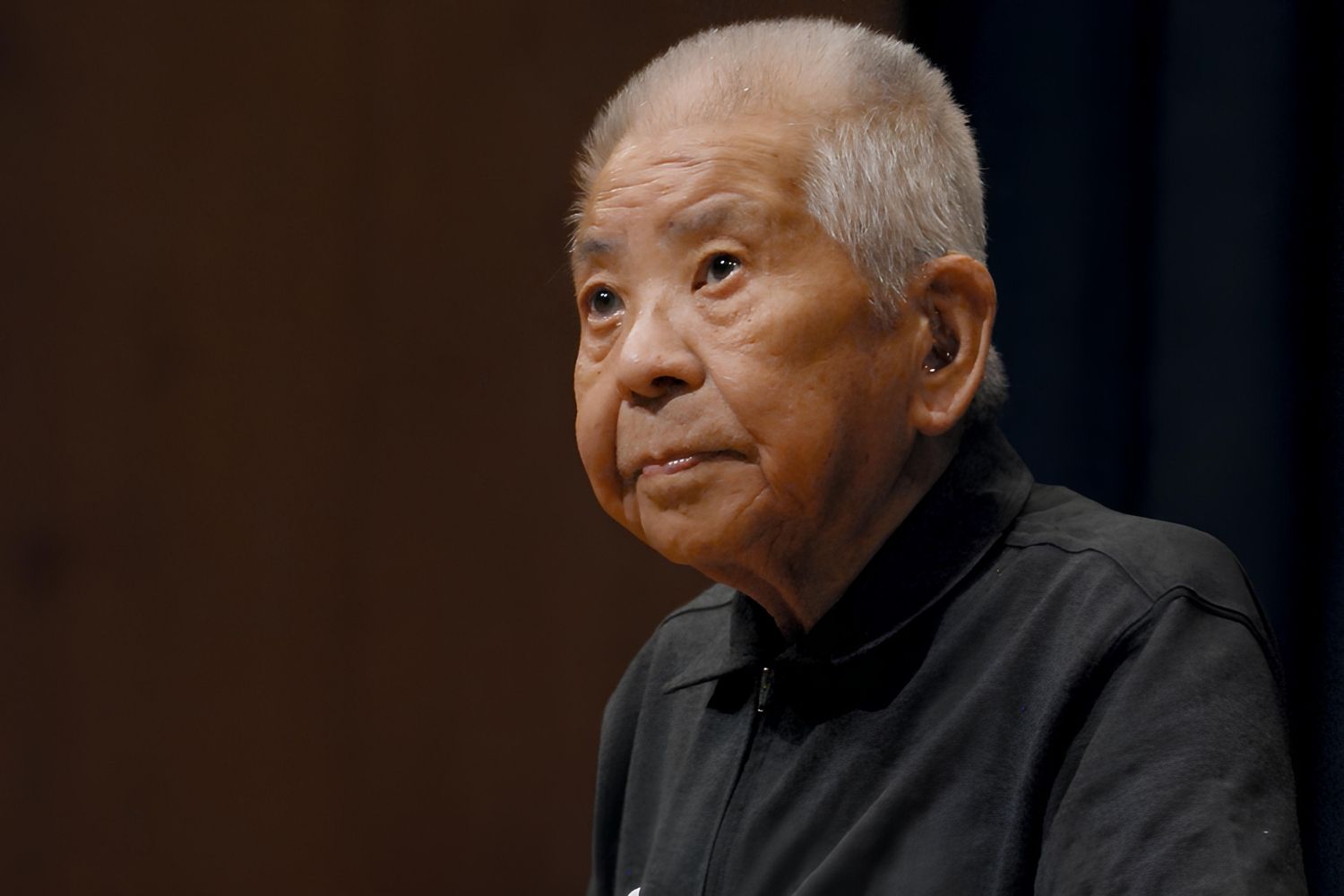
Who was Tsutomu Yamaguchi? Imagine surviving not one, but two atomic bombings. Tsutomu Yamaguchi did just that. Born in Japan, he worked as an engineer. On August 6, 1945, he was in Hiroshima when the first bomb dropped. Miraculously, he survived with burns and temporary blindness. Three days later, he returned to his hometown, Nagasaki, only to face another atomic blast. Despite these unimaginable events, Yamaguchi lived to tell his tale, becoming a symbol of resilience and peace. His story is a testament to human endurance and the horrors of nuclear warfare. Ready to learn more about this incredible man? Let's dive in!
Key Takeaways:
- Tsutomu Yamaguchi survived two atomic bombings during World War II, becoming a symbol of resilience and peace. His story inspires people worldwide to advocate for nuclear disarmament and cherish the human spirit's strength.
- Despite enduring unimaginable trauma, Tsutomu Yamaguchi lived a full life, embracing family, poetry, music, and gardening. His legacy continues to influence global peace movements and education, leaving a lasting impact on the world.
Who Was Tsutomu Yamaguchi?
Tsutomu Yamaguchi is a name that resonates with resilience and survival. He lived through not one, but two atomic bombings during World War II. Here are some fascinating facts about his life and experiences.
-
Born in Nagasaki: Tsutomu Yamaguchi was born on March 16, 1916, in Nagasaki, Japan.
-
Engineer by Profession: He worked as an engineer for Mitsubishi Heavy Industries.
-
Business Trip to Hiroshima: In August 1945, Yamaguchi was on a business trip to Hiroshima.
-
First Bombing: On August 6, 1945, he experienced the atomic bombing of Hiroshima.
-
Survived the Blast: Despite being only 3 kilometers from ground zero, he survived the explosion.
-
Severe Burns: He suffered severe burns on his upper body from the blast.
-
Temporary Blindness: The explosion temporarily blinded him.
-
Eardrums Ruptured: His eardrums were ruptured due to the blast's force.
-
Returned to Nagasaki: After the bombing, he returned to his hometown, Nagasaki.
The Second Bombing
Yamaguchi's ordeal didn't end in Hiroshima. His return to Nagasaki brought another harrowing experience.
-
Second Bombing: On August 9, 1945, Nagasaki was bombed.
-
At Work During Bombing: He was at work when the second bomb hit.
-
Survived Again: Remarkably, he survived the second atomic bombing as well.
-
Only Documented Survivor: Yamaguchi is the only person officially recognized by the Japanese government as having survived both bombings.
-
Severe Radiation Exposure: He was exposed to high levels of radiation from both bombings.
-
Health Issues: He suffered from various health issues due to radiation exposure, including cataracts and leukemia.
-
Family Survived: His wife and son also survived the Nagasaki bombing.
-
Lost Hearing in One Ear: The second bombing caused him to lose hearing in one ear.
Life After the Bombings
Despite the unimaginable trauma, Yamaguchi continued to live a full life, contributing to society in various ways.
-
Returned to Work: He returned to work at Mitsubishi after recovering from his injuries.
-
Anti-Nuclear Activist: Later in life, he became an advocate for nuclear disarmament.
-
Testified at the United Nations: He testified about his experiences at the United Nations in 2006.
-
Wrote a Book: Yamaguchi authored a book detailing his experiences, titled "Twice Bombed, Twice Survived."
-
Documentary Film: A documentary film, "Twice Bombed, Twice Survived," was made about his life.
-
Recognition by Japan: In 2009, the Japanese government officially recognized him as a double survivor.
-
Lived to 93: He lived a long life, passing away on January 4, 2010, at the age of 93.
-
Legacy of Peace: His story continues to inspire peace and anti-nuclear movements worldwide.
Personal Life and Legacy
Yamaguchi's personal life and legacy offer a glimpse into the human spirit's resilience and strength.
-
Married with Children: He was married and had three children.
-
Grandchildren: He also had several grandchildren.
-
Love for Poetry: Yamaguchi had a passion for writing poetry.
-
Music Enthusiast: He enjoyed listening to classical music.
-
Gardening Hobby: Gardening was one of his favorite pastimes.
-
Public Speaking: He often spoke publicly about his experiences and the horrors of nuclear warfare.
-
Honored in Nagasaki: A memorial in Nagasaki honors his life and legacy.
-
Symbol of Resilience: Yamaguchi is seen as a symbol of human resilience and survival.
-
Influence on Policy: His story has influenced nuclear disarmament policies.
-
Educational Impact: Schools in Japan teach about his life as part of history lessons.
-
Global Recognition: His story is known worldwide, making him a global symbol of peace.
-
Inspiration for Art: His life has inspired various works of art, including paintings and literature.
The Legacy of Tsutomu Yamaguchi
Tsutomu Yamaguchi's life story is nothing short of extraordinary. Surviving both atomic bombings of Hiroshima and Nagasaki, he became a symbol of resilience and hope. His experiences highlight the devastating impact of nuclear warfare and the importance of peace. Yamaguchi's tale isn't just about survival; it's about the strength of the human spirit in the face of unimaginable adversity. His legacy serves as a powerful reminder of the horrors of war and the need for global harmony. By sharing his story, we honor his memory and reinforce the message that peace is always worth striving for. Yamaguchi's life teaches us that even in the darkest times, hope and resilience can prevail. Let's remember his incredible journey and the lessons it imparts.
Frequently Asked Questions
Was this page helpful?
Our commitment to delivering trustworthy and engaging content is at the heart of what we do. Each fact on our site is contributed by real users like you, bringing a wealth of diverse insights and information. To ensure the highest standards of accuracy and reliability, our dedicated editors meticulously review each submission. This process guarantees that the facts we share are not only fascinating but also credible. Trust in our commitment to quality and authenticity as you explore and learn with us.
